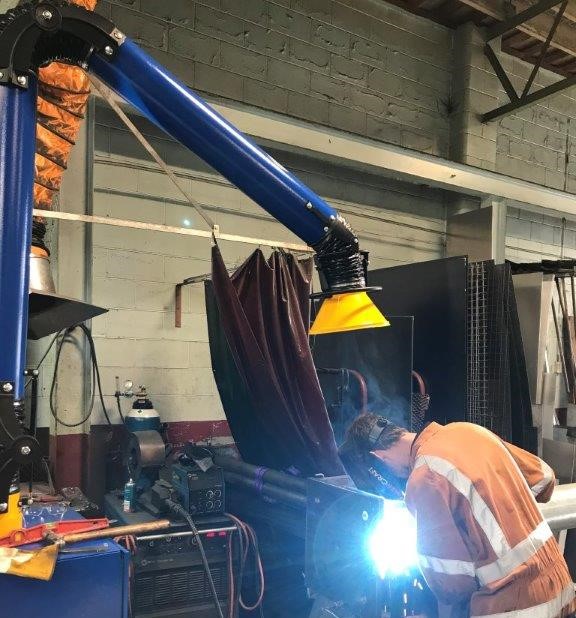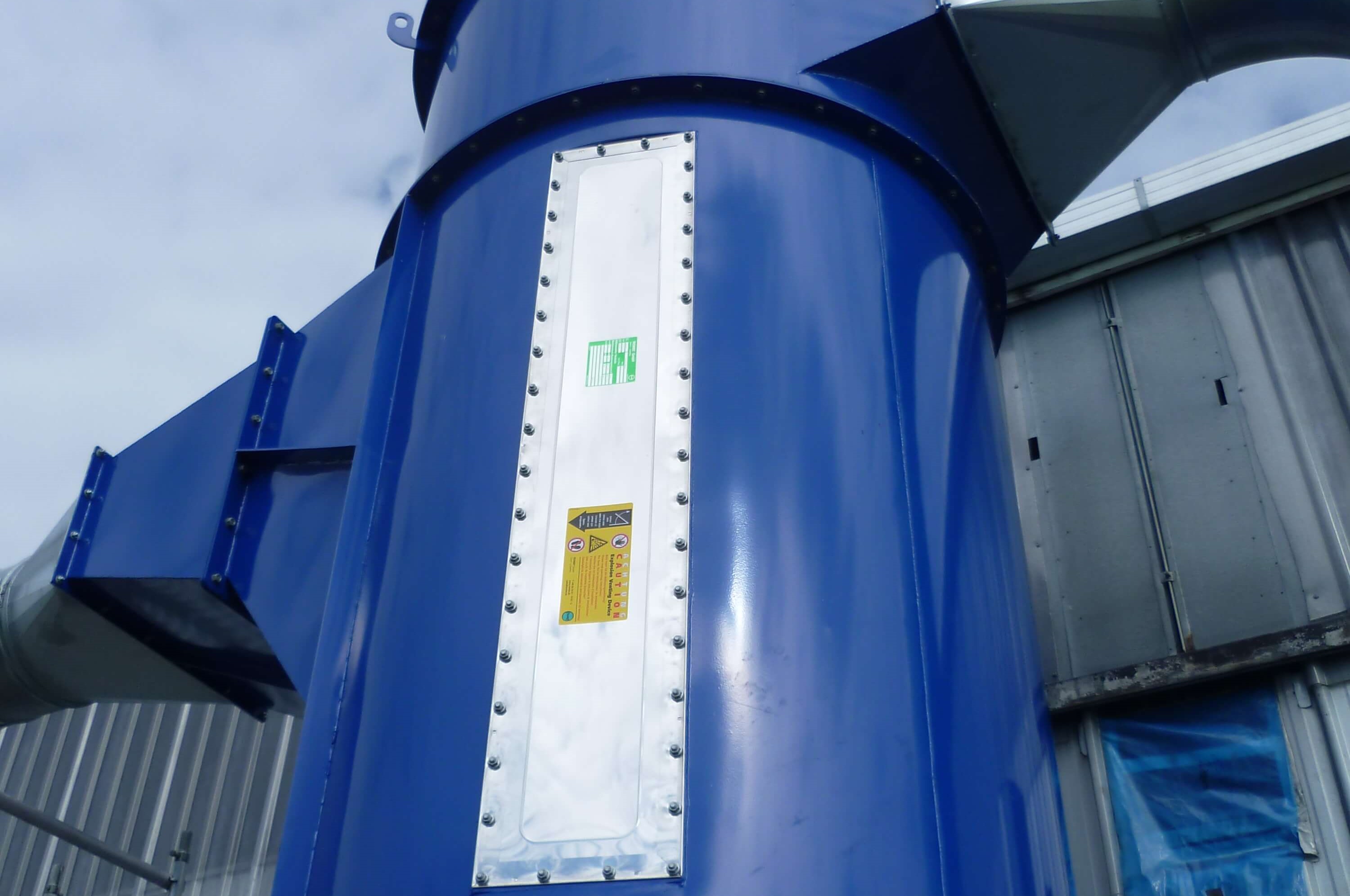
Dust Extraction Systems For Woodwork
Dust Extraction Systems for Woodworking
Dust from woodworking can be a pain thanks to the time spent cleaning down machines and finished products. But more importantly, woodworking dust is an immediate and long-term danger to staff. Many assume it's the dust you can see that is harmful, but it’s the dust particles so small we can’t see them, known as PM10, that present the greatest danger! A dusty work environment can result not only in more sick days in the short-term, but in illnesses that appear much later in life; if the illness can be traced back to a working condition, it may raise future issues.
Reduce Dust Extraction Risk!
So how can workshops reduce the risk of health issues from sawdust? Dust extraction systems for woodwork, if specified and installed correctly, will give years of a safer working environment. Suppliers promote different features, but the basic principles of how they work are the same: air is sucked through, filtered, and clean air is expelled the other side.
For example, a bag house filter has a large number of ‘filter bags’ or ‘socks’ acting similarly to a vacuum cleaner dust collection bag. The dust-laden air is sucked from the woodworking machines through flexible hose and then through metal ducting before entering an air chamber inside the filter. The air is then separated out by the filter socks which hang inside the bag house and allows air to escape through them while trapping the dust. Most filter socks trap 99.95% (or better) of all dust down to 0.5microns, i.e. the dangerous particles.
Bag house filters can also be fitted with Regeneration fans. These fans, situated at the top of each chamber, clean the filter bags/socks by blowing clean air in a reverse direction through the socks to help remove collected dust from the sock material so they carry on working efficiently. This is a gentle way of cleaning the filter socks, helping them last longer than those being pulsed with compressed air.
Benefits of good dust extraction !
Any sawmill, joinery shop or timber processing plant will benefit from a dust extraction system for woodwork. Benefits include not only improved staff health but also:
- Less problems with machinery: modern machinery often has an extraction speed and volume in the manufacturer’s manual – is yours fast enough? Inadequate dust extraction may result in more expensive visits from a service technician over time.
- Less cleaning – a recent customer had 6 staff spending 2-3 hours cleaning every Friday. Reducing that to around an hour saved over $10,000/year in non-productive wage costs. That alone covered the payments on the money borrowed for the new dust extraction system.
- Better finish - Burring and marks on timber is often the result of insufficient extraction of the dust.
- Collecting dust can make money! If you have a reasonable amount of untreated sawdust, the collected dust/shavings can be separated from treated timber dust and sold.
If you are interested in dust extraction systems, have a look at the Ebcam Dust+Fume Dust Filtration range.




